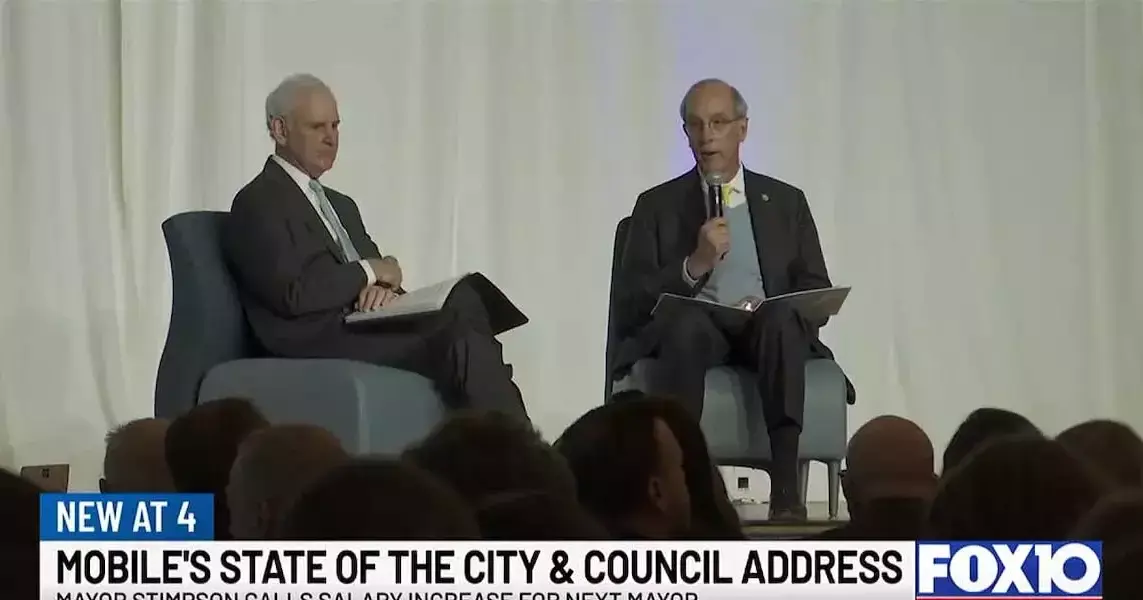The quest for financial autonomy and the ability to retire at a young age, known as the FIRE movement, has gained significant traction in recent times. This movement is not solely about retiring before the traditional age; it's about the empowerment to shape your life as you wish—be it retiring early or having the liberty to work less and chase other aspirations. FIRE resonates with individuals who seek to command their financial future, break free from the conventional 9-to-5 routine, and ensure their economic stability without depending on the standard retirement timeline. In this piece, we will delve into the tenets of FIRE, the tactics to achieve financial autonomy, and the actions you can initiate to retire early or secure financial liberty.
1. Understanding the FIRE Philosophy
FIRE is an acronym for Financial Independence, Retire Early. This philosophy revolves around the concept of saving and investing aggressively to amass sufficient wealth to live independently of a traditional job for income. Although the ultimate goal for many in the FIRE community is early retirement, the core principle is financial independence—the liberty to opt to work or not.
The FIRE philosophy is distinguished by the following tenets:
- Aggressive Savings: To practice FIRE effectively, one must save a significant portion of their income—often 50% or more. This rate far exceeds the average American savings rate, which frequently falls below 10%.
- Simplicity in Living: Individuals pursuing FIRE often adopt a minimalist lifestyle, trimming costs at every turn. This can involve reducing home size, cutting back on luxuries, and prioritizing future financial objectives over immediate pleasures.
- Strategic Investing: At the heart of FIRE is the investment in assets that appreciate over time, such as equities, fixed-income securities, and real estate. By consistently investing in cost-effective index funds or other wealth-accumulating assets, adherents of FIRE aim to create a fortune that will eventually generate sufficient passive income to sustain their living costs.
2. The Path to Financial Independence
Attaining FIRE is primarily about calculating the amount of money required for financial autonomy and then devising a plan to reach that goal. The formula for determining the necessary funds for financial independence is quite straightforward:
- The 25x Rule: A prevalent guideline in the FIRE community is the 25x rule. This rule suggests that to achieve financial independence, one must save and invest enough to cover 25 times their annual living expenses. For instance, with $40,000 in annual expenses, one would need $1,000,000 in investments to generate the necessary passive income. This rule is predicated on the assumption that a safe annual withdrawal rate from savings is 4%.
- Required Savings=Annual Expenses×25\text{Required Savings} = \text{Annual Expenses} \times 25Required Savings=Annual Expenses×25
- The 4% Rule: The 4% rule is a benchmark that suggests an annual withdrawal of 4% from your total investments can be sustained throughout retirement. This rate is intended to factor in inflation and market volatility while ensuring the preservation of your investment portfolio. While the 4% rule is fundamental to FIRE strategies, it's crucial to be aware that market conditions and personal spending can impact its effectiveness.
3. Strategies for Embracing FIRE
Embarking on the FIRE journey necessitates a blend of strategies that enhance savings and investments while curbing superfluous expenditures. Here are the principal strategies to consider:
- Boosting Income: The more income you can earn, the quicker you can achieve FIRE. Explore opportunities to increase earnings, whether through salary negotiations, seeking higher-paying employment, launching a side business, or enhancing your skills and education to boost earning potential.
- Cutting Back on Spending: A potent method to expedite your path to financial independence is to reduce non-essential expenditures. By living within or below your means, you can save a substantial portion of your income and direct it toward your financial objectives. Common tactics for expense reduction include:
- Scaling down your living space (e.g., relocating










